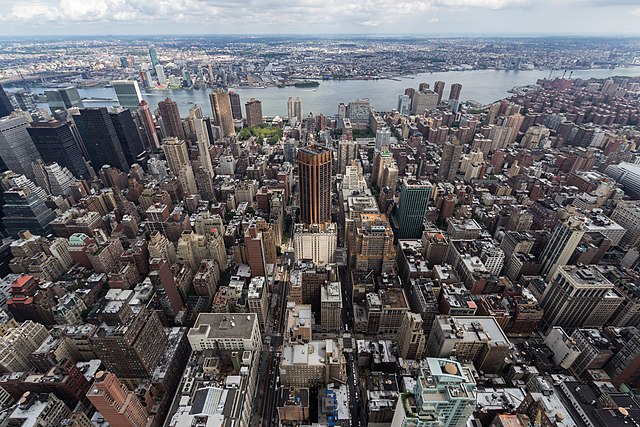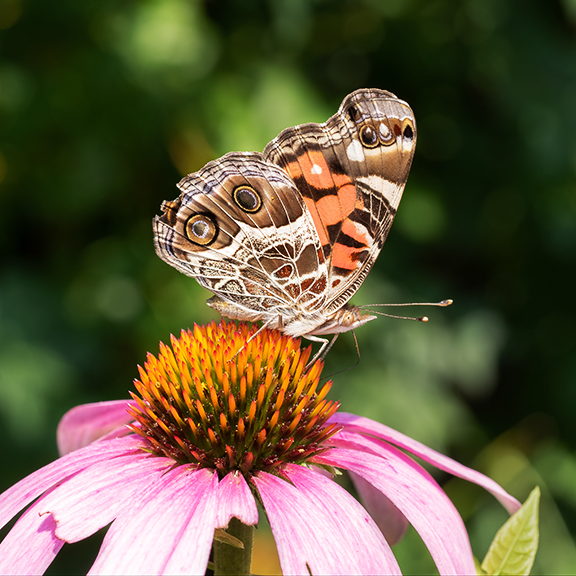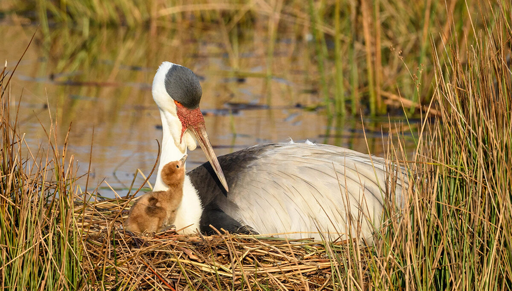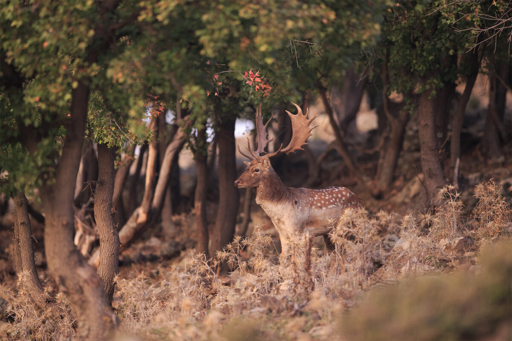Jim East
- 238 Posts
- 62 Comments

 0·17 hours ago
0·17 hours agoI haven’t run the numbers, but your assessment seems about right. The lower the humidity, the greater the potential for evaporative cooling, and the higher the max tolerable temperature. No reason to avoid moving to the tropics anytime soon.

 0·22 hours ago
0·22 hours agoAsmeaning dry summer? Oof. Those droughts are the worst. Here’s a quick-and-dirty list. For the sake of easy management, I won’t list any vines or short-lived plants. Trees and shrubs and palms only. This is by no means exhaustive. No guarantees of accuracy.More Suitable
Depending on the exact temperatures and precipitation at your site, as well as the soil, these would probably do well.
- Adansonia digitata (savanna / dry forest)
- Anacolosa frutescens (mixed forest)
- Annona senegalensis (savanna / gallery forest)
- Antidesma bunius (mixed forest)
- Breynia androgyna (humid forest edge)
- Byrsonima crassifolia (savanna / open woodland)
- Canarium schweinfurthii (rainforest or gallery forest)
- Carissa macrocarpa (open woodland / scrub)
- Chrysophyllum lacourtianum (semi-deciduous forest)
- Citrus hystrix
- Citrus japonica
- Citrus × latifolia
- Citrus × limon ‘Improved Meyer’*
- Citrus × nobilis*
- Citrus × sinensis*
- Cordiera sessilis (gallery forest / savanna woodland)
- Dillenia indica (evergreen rainforest or gallery forest)
- Ficus carica* (dry forest / savanna)
- Flacourtia indica (dry forest)
- Garcinia xanthochymus (humid forest)
- Limonia acidissima
- Mangifera indica*
- Morinda citrifolia
- Morus macroura
- Mouriri guianensis (rainforest, mixed forest, savanna)
- Myrciaria tenella (seasonal forest)
- Pometia pinnata (open woodland / gallery forest)
- Pouteria gardneriana (gallery forest)
- Pouteria macrophylla (coastal moist forest)
- Pouteria venosa (savanna / dry forest / moist forest)
- Sclerocarya birrea subsp. caffra (dry forest / savanna woodland)
- Sonneratia caseolaris (tidal muck)
- Spondias dulcis (secondary forest / dry forest)
- Spondias purpurea (secondary forest / open woodland)
- Syzygium samarangense (rainforest or high water table)
- Terminalia catappa (dry forest / mixed forest)
- Ximenia americana (dry forest / scrub)
- Ziziphus mauritiana* (dry forest / savanna / scrub)
More Questionable
These plants might be suitable depending on the specific climate conditions at your site. Some of them would not do well with too much rain in the wet season, while others would always require irrigation in the dry season. Some of them could survive the climate just fine, but fruiting is questionable due to the wet and dry seasons being inverted. Many more plants native to
Awregions could probably be included here, but these seem (potentially)more suitable for dry summers.- Alibertia edulis (savanna / open woodland)
- Allagoptera arenaria (sand dunes / scrub / coastal forest)
- Allagoptera caudescens (savanna / open woodland)
- Annona squamosa* (secondary forest / open woodland)
- Ardisia compressa (humid forest)
- Artocarpus heterophyllus* (rainforest / gallery forest)
- Canarium album (mixed forest)
- Ceratonia siliqua (dry forest)
- Dovyalis caffra (savanna / scrub / open woodland)
- Eugenia luschnathiana (deciduous forest / open woodland)
- Flacourtia jangomas (mixed forest)
- Genipa americana (moist forest / gallery forest)
- Inga spectabilis* (moist forest / gallery forest)
- Malpighia emarginata (moist forest)
- Manilkara zapota* (moist forest / gallery forest)
- Morus alba
- Nauclea xanthoxylon (high water table)
- Nephelium lappaceum (moist forest)
- Nephelium ramboutan-ake* (moist forest)
- Opuntia ficus-indica (open drylands)
- Plinia cauliflora × aureana
- Porcelia macrocarpa (secondary/seasonal moist forest)
- Pouteria grandiflora (secondary/seasonal moist forest)
- Punica granatum (steppe / dry forest)
- Syzygium aqueum (moist forest / gallery forest)
- Syzygium jambos (moist forest / gallery foret)
- Vangueria madagascariensis (open woodland)
* highly recommended if your conditions are suitable
Without knowing where you are, I can’t recommend any seed/plant sources, but feel free to ask for more information about any of the plants that I listed. I also recommend these resources for information about food forests, especially in your climate.

 0·2 days ago
0·2 days agoConvert the pasture lands to syntropic food forests and native forests, and then the birds and other native animals will have a place to live again.

 1·2 days ago
1·2 days agoLet us not forget that this is primarily due to deforestation, whether directly (due to loss of tree cover for moisture retention) or indirectly (due to climate change).

 1·2 days ago
1·2 days agoWe need both, obviously. Ending animal agriculture is the most practical way to achieve it.

 0·2 days ago
0·2 days agoDid you sort this out?

 0·2 days ago
0·2 days agoProjects like this are in desperate need of serious people to help them scale up. If even a small fraction of the people who see articles like this (or videos, or whatever) were to contribute some of their time and energy to the projects themselves, then the odds wouldn’t be so against them, and that little bit of progress would become reforestation of entire regions. The question isn’t whether it’s possible for a project like this to succeed; the question is whether there are enough people willing to make it happen.

 0·2 days ago
0·2 days agoThere’s never enough space! Have you looked into nearby lands where you could guerrilla plant some things? At least you got some pawpaws planted already. That’s probably the most important thing.

 0·2 days ago
0·2 days agoAs others have said, this article is not very accurate. Annual crops produce over a short window, so one would need to have successive crops lined up in order to keep the space productive. Growing something to get only one harvest is a very poor return on investment. If one wants to survive without depending on “the system” at all, then trying to do so outside of the equatorial zone is living life on hard mode.
Near the equator, one could survive on only bananas for a while, and that would take a small fraction of a hectare, probably about as much space as this article talks about, but realistically, eating only banana long-term is not feasible, and growing more variety requires more space. There is also the feast-or-famine issue if the gaps between harvests are too long. Preservation of the harvest is time-consuming and requires infrastructure that not everyone has (e.g. refrigeration). Living in a neighbourhood where everyone is growing food in order to survive would allow for trade, and so each individual/household would not need to diversify their food production as much, and someone’s excess that they cannot preserve could fill someone else’s harvest gap, reducing the total amount of land that each requires. Ideally, that’s the way to do it, and some people are trying. Tree fruits make the most sense as staple foods, since they become self-maintaining after a few years (other than pruning to control size), and in a sufficiently diverse food forest ecosystem, the trees won’t deplete the soil or invite plagues, so they don’t require externally-produced fertilisers and -icides. With enough different species and a fairly non-seasonal climate, it’s possible to grow enough fruit year-round, with some high-calorie staple(s) always in season.
But lettuce and lima beans? Good luck with that.

 13·3 days ago
13·3 days agoAll systems of oppression must be dismantled, no matter how inconvenient or unpleasant that process may be.

 0·3 days ago
0·3 days agoThis article was (from what I understood) mostly referring to old heirloom crops that are no longer widely grown because they’ve been superseded by newer commercial cultivars. I remember hearing that in the early 1900s, there were something like 53 potato cultivars available to buy in grocery stores in the USA, but by the end of the century, there were only 4. That probably applies to other crops as well. Another example of capitalism reducing biodiversity, I guess.

 0·3 days ago
0·3 days agoI think that the point of the article is that keeping a large seed collection in storage is a risk; if the freezer fails, all of those seeds are lost forever. Even if the seeds are preserved indefinitely, after a few centuries of climate change, they may not be able to survive in the same region where they were collected, whereas by growing them out generation after generation, they are allowed to adapt to changing conditions and maintain a different sort of viability.
It would seem that keeping some seeds preserved in cold storage while also growing some of the same lineage in as many locations as possible would be the most effective means of keeping the genetics alive.

 0·4 days ago
0·4 days agoSomeone has to be the first.

 0·4 days ago
0·4 days agoThe article is definitely lacking details about the Moche and Chimu cultures. The coast of Peru has a history of severe droughts and floods and landslides and earthquakes, yet these people had advanced irrigation systems and managed to live in such an environment for centuries. From what I understand, it’s the communal management and temporary nature of the irrigation infrastructure that differs from modern methods, but the how of managing it and moving it over time is left out. If anyone knows more, perhaps they can comment here.

 0·4 days ago
0·4 days agoWater is good for washing. A radical idea. So radical, it just might work.
Doesn’t need to be a desert. Anywhere that has a dry season with lower humidity should work regardless of total annual precipitation.
And borax, to keep the termites from eating it.
One more reason to move to the jungle.
Just be to sure to check for rotten spots in an old wooden barrel before setting it up! Old wood + constant moisture = fungal rot.









While it’s important to recognise the problem, it’s also important to recognise concrete steps that can be taken to address it, and this article doesn’t really go into that. For example, to stop the Amazon deforestation and burning, it is necessary to both stop the “global appetite for burgers” and shift to reforestation and sustainable decentralised food production. This is one example of people trying to do that, but such projects need to scale up massively in order to have an impact on such large problems as climate change.